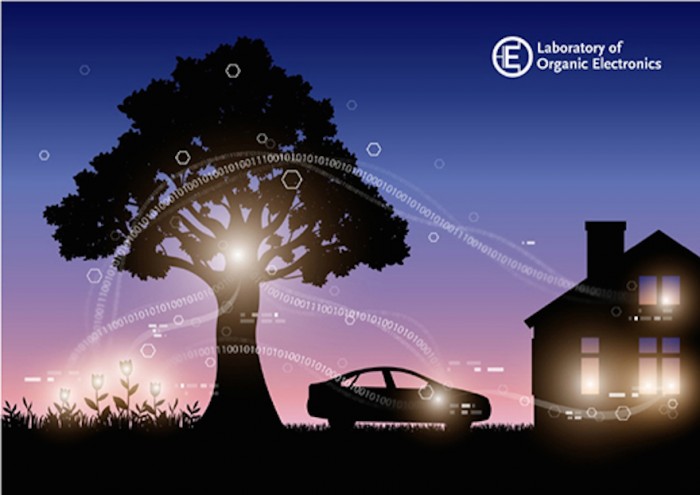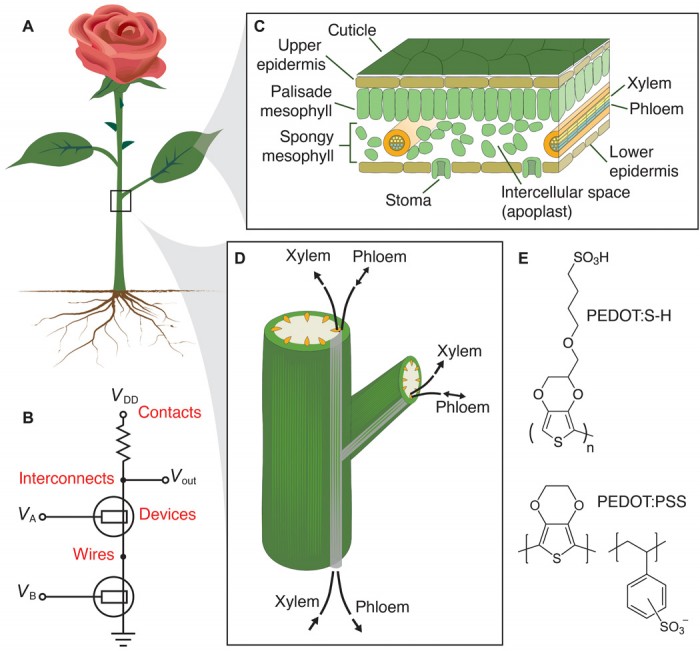Researchers at Linköping University in Sweden have ventured into an area of science never successfully explored before: smart plants. The team, under the leadership of Professor Magnus Berggren, created analog and digital electronics circuits inside living plants.
Using the vascular system of a living rose, researchers built the key components of electrical circuits inside the plants that could spark the development new applications for organic electronics and new tools in plant science.
"Previously, we had no good tools for measuring the concentration of various molecules in living plants. Now we'll be able to influence the concentration of the various substances in the plant that regulate growth and development. Here, I see great possibilities for learning more," says Ove Nilsson, professor of plant reproduction biology and director of the Umeå Plant Science Center.
While the idea of electronically enhanced plants is not a new one, the Swedish team are the first to crack the formula. It’s believed that the breakthrough is the first step towards merging the fields of organic electronics and plant science.
"As far as we know, there are no previously published research results regarding electronics produced in plants. No one's done this before," says Berggren.
The aim of the research is to develop applications for energy, environmental sustainability, and new ways of interacting with plants.
Berggren adds, "Now we can really start talking about 'power plants' - we can place sensors in plants and use the energy formed in the chlorophyll, produce green antennas, or produce new materials. Everything occurs naturally, and we use the plants' own very advanced, unique systems."








